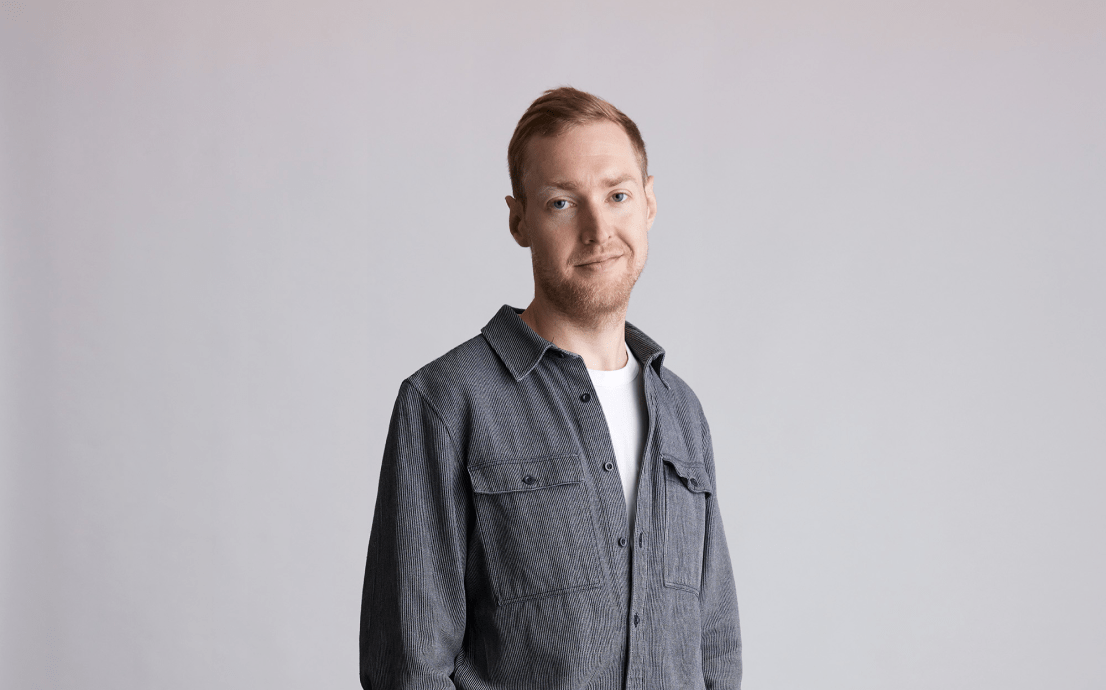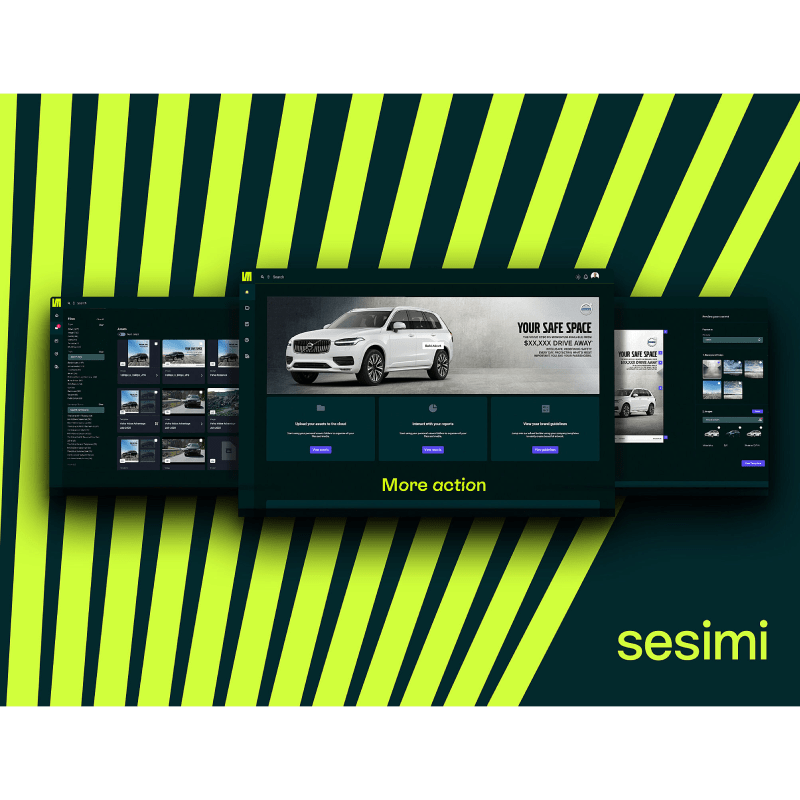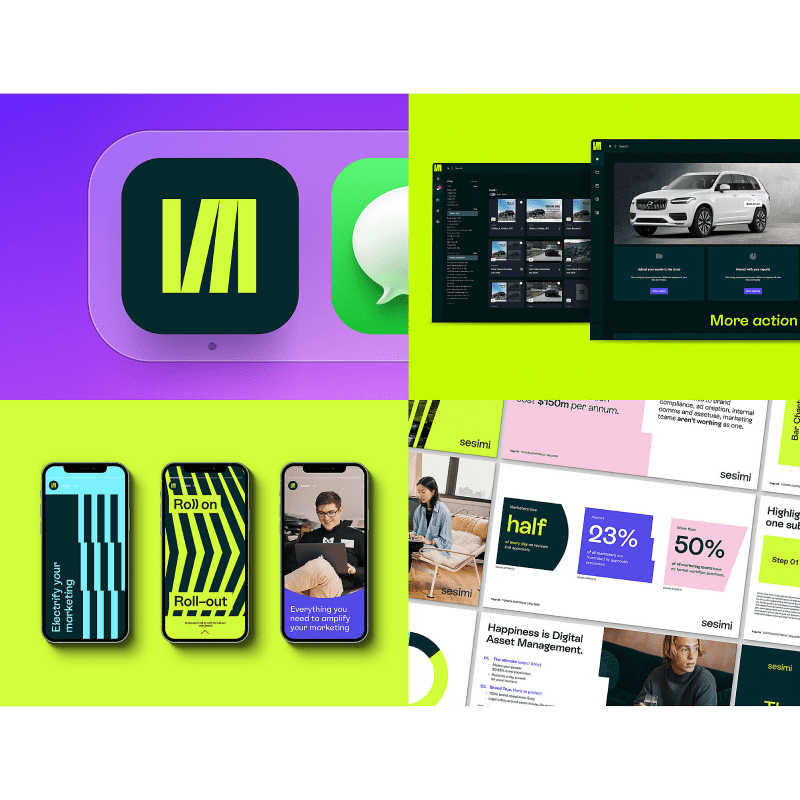The Idea is the Beating Heart of Design
Creative Director of SomeOne
by Elizabeth Lavis
|03 Aug 2023

For Tom Dabner, Creative Director of SomeOne, the idea is the most essential aspect and the beating heart of design. “The idea holds the whole thing together and gives you something to cross-check when making any design or aesthetic decisions,” he says. Living and working in London also greatly influences Dabner’s design inspiration thanks to its rapid-fire pace and hyper-competitive nature.
“London is one of those cities where everything seems to speed up exponentially and rarely eases up, so you’re always trying to improve your game because if you don’t, someone else will, and you fall behind,” he says. “I think this is what makes practicing your craft in a city like London so brilliant. The less time you have to overthink things or question what you’re doing, the more left-field and interesting your work becomes. You have to design by necessity, and that’s super exciting.”
Dabner can’t pinpoint exactly when he became fascinated by design, but a love of visual art and typography has been in him from a young age. “I think that I’ve always been aware of design in the world, even before I knew that’s what it was,” he says. “I’ve always noticed typography on signs, shopfronts, and books. Letters continue to be the first thing I notice on everything, especially when it’s particularly well, or not so well, considered I often find myself trying to re-kern letters on signs in my head.”
Dabner can’t pinpoint exactly when he became fascinated by design, but a love of visual art and typography has been in him from a young age. “I think that I’ve always been aware of design in the world, even before I knew that’s what it was,” he says. “I’ve always noticed typography on signs, shopfronts, and books. Letters continue to be the first thing I notice on everything, especially when it’s particularly well, or not so well, considered I often find myself trying to re-kern letters on signs in my head.”
Sesimi — Marketing Magic
While young Dabner was reconfiguring letters and noticing design everywhere, his teenage self had another, less above-board career path in mind. “It’s going to sound a bit ridiculous, but for a while, what I really wanted to be was a conman,” he says. “Clearly, that’s not a path that I, or anybody, would condone. I was hooked on movies like Oceans 11 and a UK television show called Hustle, about a group of hustlers who would con crooks out of their unfairly gained wealth. In a strange way, techniques for understanding how people think have found their way into my work as a creative and a storyteller, just in a more human-centric and positive way.”
This ability to understand how people think and what motivates them allows Dabner to connect with what his clients are ultimately looking for. “My design process begins with understanding the challenge as deeply as possible. This means understanding the user or customer and uncovering useful insights about their journey. We apply those insights to our work so we can get to a place that will have the greatest impact. We start as wide as possible and focus as we go, always refining and questioning.”
Dabner notes that good design is the product of a series of questions. “We ask, ‘Does this solve the challenge?’, ‘Does it do it the best way it can?’, ‘Can it be broken?’ and ‘How do we fix it?’,” he says. “Design doesn’t really end, but eventually, you must be confident enough to put it out in the world. From there, you can continue to adjust.”
Dabner also believes in an open relationship with his clients, viewing them as collaborators, partners, and friends with whom he stays in regular communication. “We speak with our clients every day,” he says. “We keep clients consistently involved throughout the process. It’s vital for doing the most effective work.” Doing this eliminates the “us versus them” dynamic and creates a healthy space for the real work to begin.
For Dabner, the future of design revolves around the most significant global issues we currently face. “The climate, our built environment, AI, food production, and the population are all things that dramatically shape our world,” Dabner says. “The role of design is to help us better adapt to our changing circumstances.”
When he’s not dreaming up the next innovative design, Dabner indulges in everything food-related. “Almost everything I read, watch, and listen to is about food in some way,” he says. “There are creative parallels in cooking and design, like the act of putting something together that may or may not work risk-taking, and a learning curve. These aspects help me better understand each discipline from a different perspective.”
Submit your work for Indigo Design Award competition


